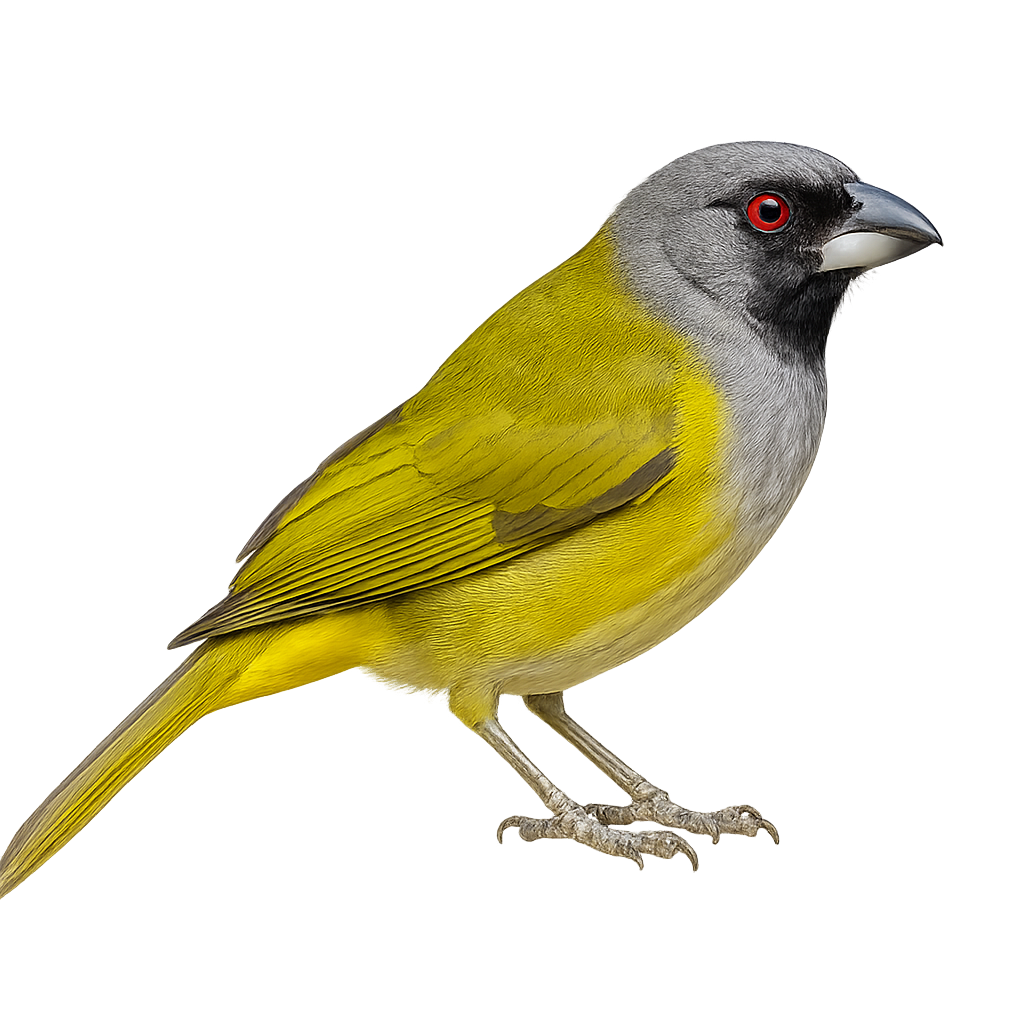Your wildlife photography guide.
Explore the yellow-shouldered grosbeak in detail, study its behavior, prepare your shots.
Where to observe and photograph the yellow-shouldered grosbeak in the wild
Learn where and when to spot the yellow-shouldered grosbeak in the wild, how to identify the species based on distinctive features, and what natural environments it inhabits. The WildlifePhotographer app offers tailored photography tips that reflect the yellow-shouldered grosbeak’s behavior, helping you capture better wildlife images. Explore the full species profile for key information including description, habitat, active periods, and approach techniques.
Yellow-shouldered Grosbeak
Scientific name: Parkerthraustes humeralis

IUCN Status: Least Concern
Family: THRAUPIDAE
Group: Birds
Sensitivity to human approach: Suspicious
Minimum approach distance: 10 m
Courtship display: February to March
Incubation: 13-14 jours
Hatchings: February to April
Habitat:
Humid tropical forests, forest edges, wooded areas
Activity period :
Primarily active during the day, with peak activity in the morning and late afternoon.
Identification and description:
The Yellow-shouldered Grosbeak, or Parkerthraustes humeralis, is a medium-sized bird known for its distinctive plumage. It features bright yellow shoulders that contrast with its primarily olive-brown body. This bird is often found in the humid tropical forests of South America, particularly in Brazil, Colombia, and Venezuela. It is known for its melodious song and its ability to blend into its surroundings thanks to its plumage. Although its habitat is threatened by deforestation, it remains relatively common in protected areas. The Yellow-shouldered Grosbeak primarily feeds on fruits, seeds, and insects found in the forest canopy.
Recommended lens:
400mm – adjust based on distance, desired framing (portrait or habitat), and approach conditions.
Photography tips:
To photograph the Yellow-shouldered Grosbeak, focus on humid tropical forests where it is most commonly seen. Use a telephoto lens of at least 400mm to capture detailed images without disturbing the bird. Be patient and discreet, as this bird is suspicious and easily hides in dense foliage. Opt for early morning or late afternoon hours to take advantage of soft, natural light.
The WildlifePhotographer App is coming soon!
Be the first to explore the best nature spots, track rutting seasons, log your observations, and observe more wildlife.
Already 1 431 wildlife lovers subscribed worldwide

